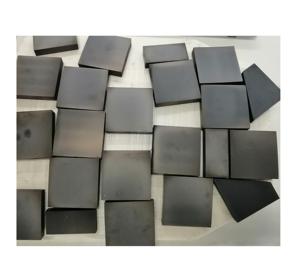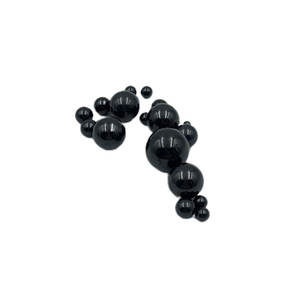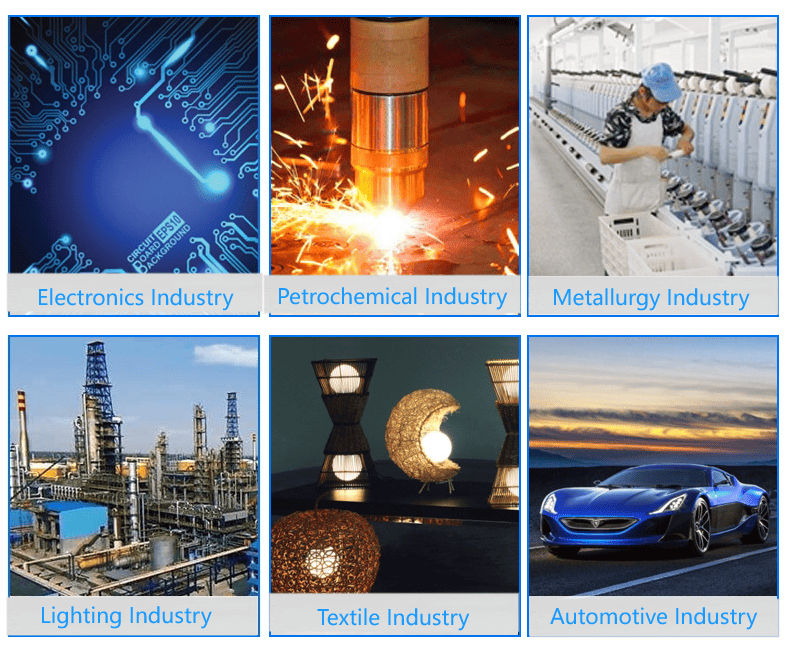Discover Premium Ceramic Products | Durability & Elegance United | Advanced Ceramics
PRODUCT PARAMETERS
Description
Introduction of Boron Carbide Ceramics
Boron carbide ceramics is an inorganic, non-metallic material with carbon and boron as its main components, and its chemical formula is B4C. Since its discovery in the early 20th century, this material has attracted a great deal of attention because of its unique physical and chemical properties. Boron carbide ceramics have an extremely high hardness, second only to diamond and cubic boron nitride, which makes it important in the field of wear-resistant materials. It also exhibits excellent corrosion resistance, high-temperature stability and low-density properties, attributes that make it ideal for the manufacture of bullet-proof vests, nozzles, bearings and other mechanical components that require high wear resistance. Boron carbide ceramics can also be prepared in a variety of shapes and sizes through different processes to meet the needs of different industries.
Characteristics of Boron Carbide Ceramics
Boron carbide ceramics are known for their excellent performance characteristics, starting with their ultra-high hardness and strength, which makes them resistant to severe abrasion and scratching, making them ideal for use in cutting tools and abrasives. Secondly, the material possesses excellent chemical stability and is less likely to react with chemicals such as acids and alkalis, even in extreme environments, making it widely used in certain key components in the chemical industry. In addition, the superior thermal stability of boron carbide ceramics and their ability to maintain structural and property stability at extremely high temperatures makes them one of the key materials in the aerospace and nuclear industries. Finally, it is worth mentioning its lightweight properties, which, due to its low density, make boron carbide ceramics an ideal option for application scenarios that require light weight but high strength. Together, these characteristics give boron carbide ceramics a wide range of applications.

(Hot Press Boron Carbide Ceramic Plate and Isostatic Press B4C Ceramics Plate)
Specification of Hot Press Boron Carbide Ceramic Plate and Isostatic Press B4C Ceramics Plate
Hot Press Boron Carbide (B4C) Ceramic Plate is made using innovative hot pressing innovation. This method uses high warm and stress to compact boron carbide powder right into thick, high-strength plates. The result is a product with remarkable hardness, ranking third after ruby and cubic boron nitride. It has a density of 2.52 g/cm FIVE, a Vickers solidity of over 30 Grade point average, and a flexural toughness of 300-400 MPa. It carries out well in severe conditions, standing up to temperatures as much as 1,800 ° C and revealing superior resistance to put on, corrosion, and neutron absorption. These properties make it suitable for armor systems, sandblasting nozzles, and nuclear reactor elements.
Isostatic Press B4C Ceramics Plate uses cold isostatic pushing complied with by sintering. This procedure evenly compresses boron carbide powder in a flexible mold and mildew under high pressure. It develops a consistent microstructure with less issues contrasted to warm pushing. The product has a density of 2.50-2.54 g/cm FIVE, a Vickers solidity of 28-32 GPa, and a flexural toughness of 250-350 MPa. It manages heats as much as 1,700 ° C and withstands chemical deterioration and abrasion successfully. This technique allows complicated shapes and larger dimensions, ideal for light-weight armor, cutting tools, and wear-resistant parts in severe atmospheres.
Hot press plates are preferred for applications needing optimum firmness and toughness. Isostatic press plates provide far better shape versatility and price effectiveness for large production. Both kinds are non-oxide ceramics with reduced thermal growth and high thermal conductivity, guaranteeing stability under quick temperature modifications. They are commonly utilized in defense, aerospace, power, and industrial machinery. Hot press B4C plates prevail in bulletproof shield and precision components. Isostatic press B4C plates are used in shield systems, wear-resistant components, and harsh industrial settings.
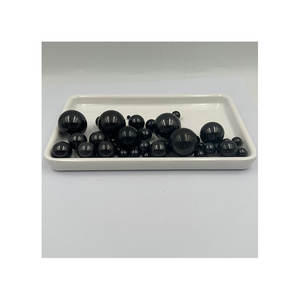
(Hot Press Boron Carbide Ceramic Plate and Isostatic Press B4C Ceramics Plate)
Applications of Hot Press Boron Carbide Ceramic Plate and Isostatic Press B4C Ceramics Plate
Boron carbide (B4C) ceramic plates are recognized for their extreme hardness, light weight, and resistance to wear. Hot press boron carbide ceramic plates and isostatic press B4C porcelains plates serve vital roles in high-performance applications. Hot press boron carbide plates are made using high warmth and stress. This approach produces thick, solid products suitable for demanding settings. These plates are generally utilized in body shield and bulletproof inserts. Their capacity to stop high-velocity projectiles makes them beneficial for armed forces and law enforcement equipment. They also safeguard cars and airplane from ballistic dangers. Industrial utilizes consist of wear-resistant parts like sandblasting nozzles and cutting devices. Their solidity minimizes damages from unpleasant materials, extending devices life.
Isostatic press B4C ceramics plates are produced by using equivalent pressure from all directions. This procedure guarantees consistent density and fewer problems. The result is a material with regular performance under tension. These plates are often used in nuclear reactors as control rods or protecting components. Boron carbide absorbs neutrons effectively, boosting safety and security in nuclear applications. The aerospace industry counts on them for parts revealed to extreme warm and friction. Medical gadgets take advantage of their chemical stability and biocompatibility. They are made use of in surgical devices and implants where dependability is important. High-precision machinery makes use of isostatic press B4C plates for components requiring tight tolerances. Their thermal stability fits them for furnace fixtures and heat-resistant coverings.
Both types of boron carbide layers excel in rough conditions. Warm press plates prioritize strength and impact resistance. Isostatic press plates focus on harmony and precision. Selecting in between them relies on the certain demands of the application. Industries like protection, energy, and manufacturing rely on these advanced products for better efficiency and safety and security.
Company Introduction
Advanced Ceramics founded on October 17, 2014, is a high-tech enterprise committed to the research and development, production, processing, sales and technical services of ceramic relative materials and products.. Since its establishment in 2014, the company has been committed to providing customers with the best products and services, and has become a leader in the industry through continuous technological innovation and strict quality management.
Our products includes but not limited to Silicon carbide ceramic products, Boron Carbide Ceramic Products, Boron Nitride Ceramic Products, Silicon Carbide Ceramic Products, Silicon Nitride Ceramic Products, Zirconium Dioxide Ceramic Products, Quartz Products, etc. Please feel free to contact us.(nanotrun@yahoo.com)
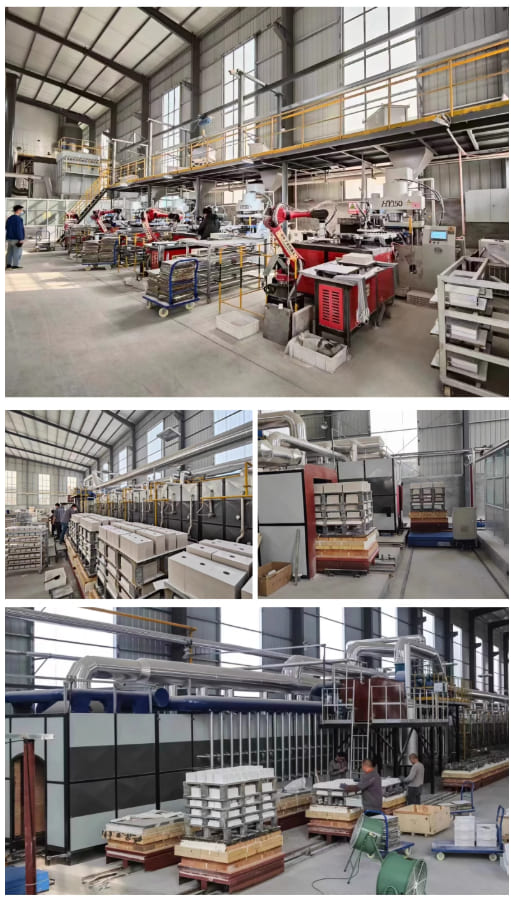
Payment Methods
T/T, Western Union, Paypal, Credit Card etc.
Shipment Methods
By air, by sea, by express, as customers request.
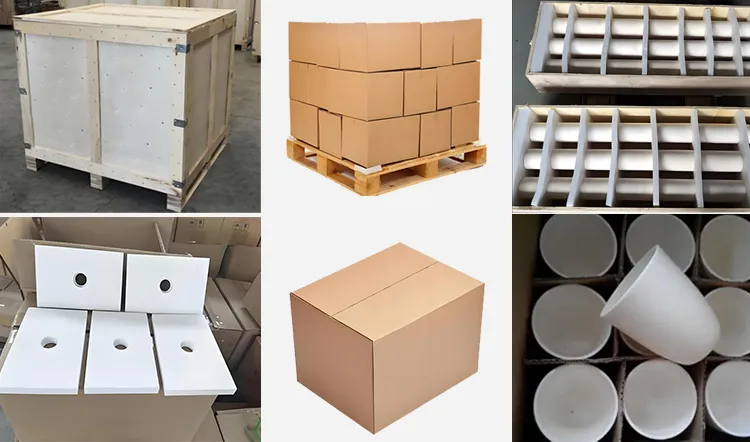
5 FAQs of Hot Press Boron Carbide Ceramic Plate and Isostatic Press B4C Ceramics Plate
Hot Press Boron Carbide Ceramic Plate and Isostatic Press B4C Ceramics Plate are advanced materials used in high-performance applications. Below are five common questions about these products.
What makes Hot Press B4C plates different from Isostatic Press B4C plates?
Hot Press plates are made by heating boron carbide powder in a mold under high pressure. This creates dense, strong plates ideal for simple shapes. Isostatic Press plates use equal pressure from all sides in a liquid or gas medium. This method suits complex shapes better.
Why pick Hot Press B4C plates?
Hot Press plates have higher density and hardness. They handle extreme wear and impact well. These plates work best in armor, cutting tools, or abrasive environments needing simple geometries.
Why choose Isostatic Press B4C plates?
Isostatic Press plates have uniform density and fewer internal flaws. They fit intricate designs like custom industrial parts or components needing precise shapes. The process ensures even material distribution.
When should I avoid Hot Press or Isostatic Press B4C plates?
Hot Press plates struggle with complex shapes due to mold limitations. Isostatic Press plates may lack the same density as Hot Press versions. Avoid Hot Press for detailed designs. Avoid Isostatic Press if maximum hardness is critical.
How do I maintain these plates?
Both types need regular cleaning with non-abrasive materials. Check for cracks or chips after heavy use. Follow temperature guidelines to prevent thermal shock. Store them in dry conditions to avoid moisture damage.
These FAQs cover basic differences, strengths, and care tips. Use Hot Press for high-density applications with simple shapes. Choose Isostatic Press for complex designs needing structural uniformity.
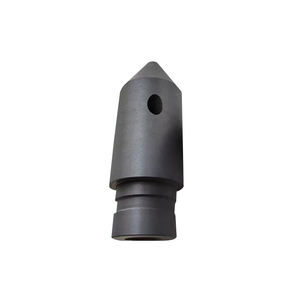
(Hot Press Boron Carbide Ceramic Plate and Isostatic Press B4C Ceramics Plate)
REQUEST A QUOTE
RELATED PRODUCTS
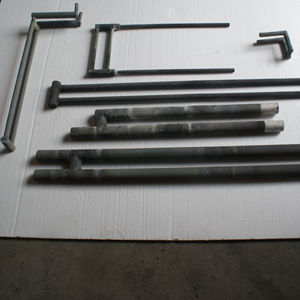
Hot Pressing Sintered B4C Boron Carbide Pressureless Sintering Ceramic Parts
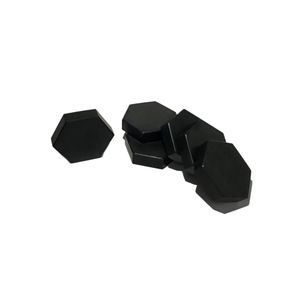
Boron Carbide Ceramic Wet Sandblasting Blasting Nozzle
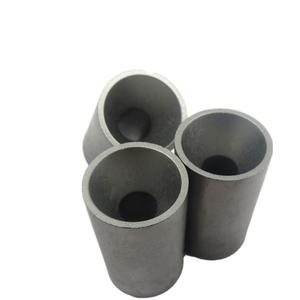
Silicon Carbide Ceramic Boron Carbide Ceramic Plate B4C Ceramic Tiles Single-curved Surface
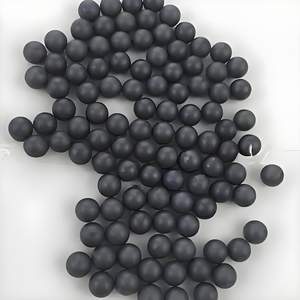
The Ceramic Materials Used for Ballistic Armor Plates Silicon Carbide (sic) Boron Carbide
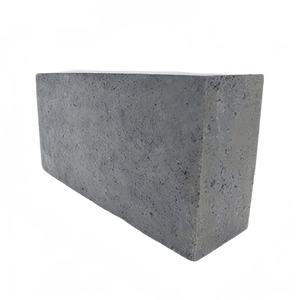
B4C Boron carbide ceramic plate sheet tile
